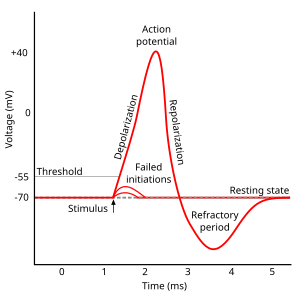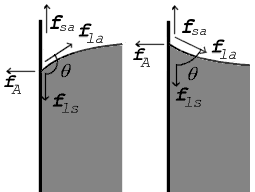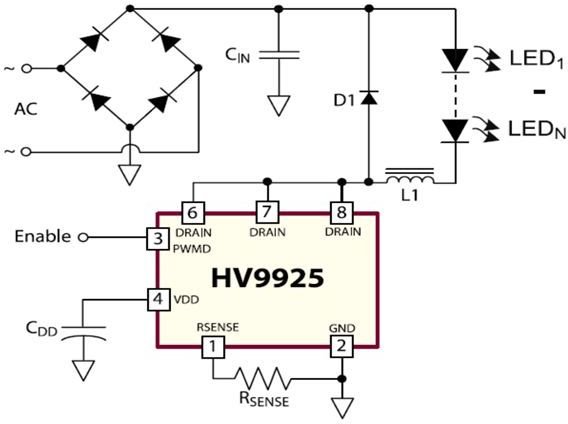jiggawatts
New Member
Hello, I am playing around with propulsion like the resonant cavity thruster. I don't know anything about electronics, very deeply, and I only hope that something safe and dependable can be made using a 240 Watt DC adapter or drawing in 1.2 kW from a household circuit, without injury or the possibility for disaster, if it is made with sound principles and to be as reliable as any household electronic device.
The idea is to make an AC alternation across a wire antenna, with the current going down one end at high voltage within 1/3,000,000,000 seconds, and a lower voltage going the other way after that interval, in 1/30,000,000 seconds, the idea being to create an electromagnetic wave with a net amplitude bias in one direction.
The other idea is to use resistance wire with current going one way, and ordinary low-resistance wire with current going the other way, to induce an electromagnetic wave amplitude bias in one direction where the resistance wire current is going.
Both of these designs would probably be tested with a 240 W 20 V DC adapter feed, a 170 W DC adapter feed, and as much as possible of possibly 1.2 kW of a household circuit.
My first question is, how much resistance can I put across a resistance wire using a 170 W 20 V DC adapter feed, because I have tried 20.1 Ohms total of nichrome in about 1 meter, together with copper 18AWG hookup wire, and no soldering between connections anywhere, and I did not feel any heat or anything happen, which makes me think the resistance might be too high, or something else wrong, which I must figure out before attempting to use it as a power source again or making more complex designs. Thank you for your help. I hope you can help me in making these circuits.
[edit] Also, using just resistance, current, and voltage, what would theoretically be the strongest amplitude signal, if the resistance is pretty much the only thing that can be changed by arranging it in any parallel or series arrangement?
The idea is to make an AC alternation across a wire antenna, with the current going down one end at high voltage within 1/3,000,000,000 seconds, and a lower voltage going the other way after that interval, in 1/30,000,000 seconds, the idea being to create an electromagnetic wave with a net amplitude bias in one direction.
The other idea is to use resistance wire with current going one way, and ordinary low-resistance wire with current going the other way, to induce an electromagnetic wave amplitude bias in one direction where the resistance wire current is going.
Both of these designs would probably be tested with a 240 W 20 V DC adapter feed, a 170 W DC adapter feed, and as much as possible of possibly 1.2 kW of a household circuit.
My first question is, how much resistance can I put across a resistance wire using a 170 W 20 V DC adapter feed, because I have tried 20.1 Ohms total of nichrome in about 1 meter, together with copper 18AWG hookup wire, and no soldering between connections anywhere, and I did not feel any heat or anything happen, which makes me think the resistance might be too high, or something else wrong, which I must figure out before attempting to use it as a power source again or making more complex designs. Thank you for your help. I hope you can help me in making these circuits.
[edit] Also, using just resistance, current, and voltage, what would theoretically be the strongest amplitude signal, if the resistance is pretty much the only thing that can be changed by arranging it in any parallel or series arrangement?
Last edited:

 src
src src
src src
src
 that's unless you pinpoint a specific sub-topic here
that's unless you pinpoint a specific sub-topic here


